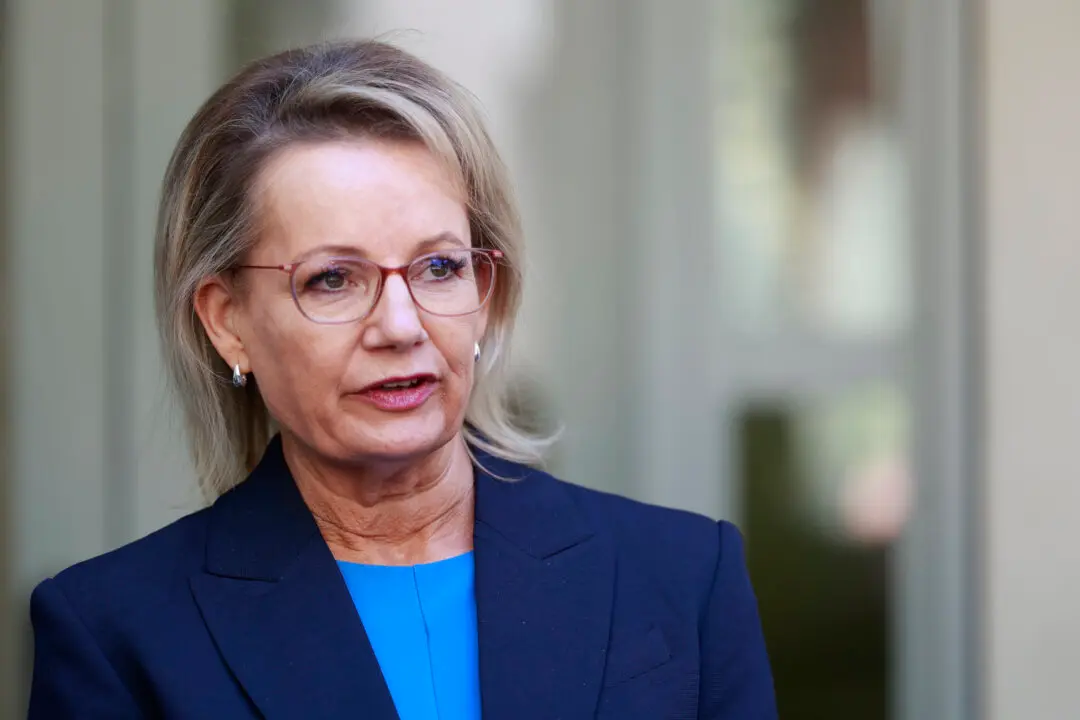With the arrival of the H5N1 bird flu strain in Australia considered “unavoidable,” the federal government has announced $95 million (US$64 million) in funding to prepare and protect the country.
Currently, Australia is the only continent free of the H5N1 strain, which has caused significant problems globally, particularly affecting wild birds, some mammals, and livestock.





